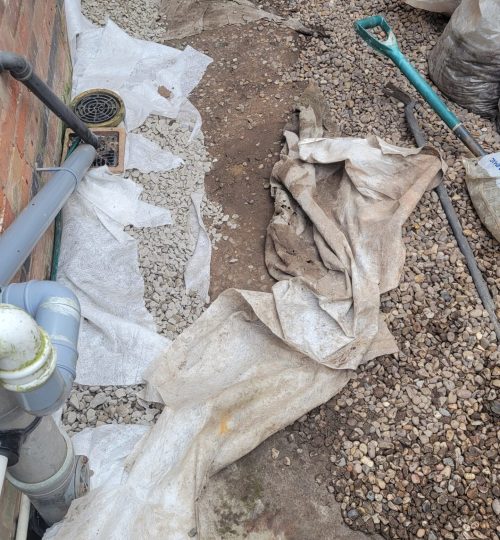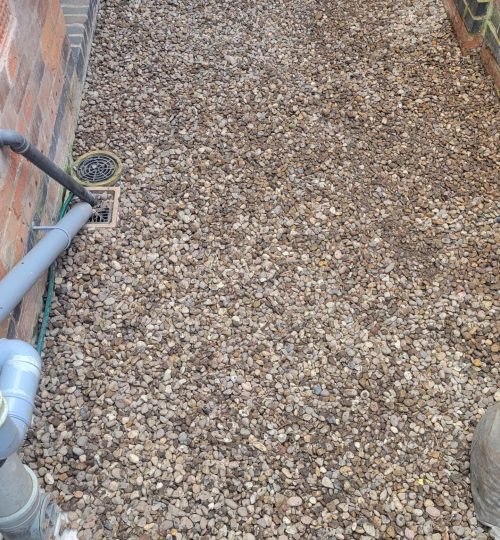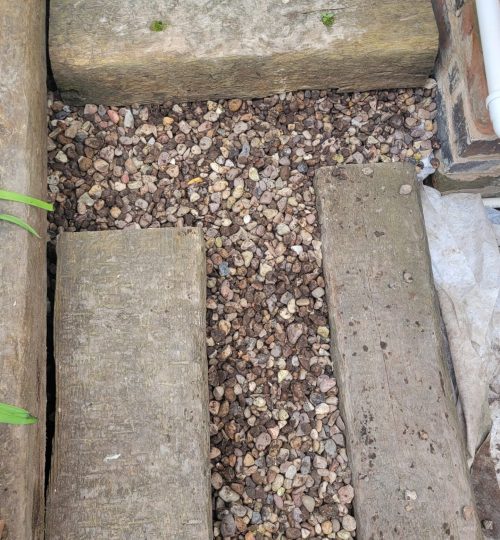our projects
making homes healthy

The Government’s Solid Floor Insulation: best practice guide states ‘Some traditional floors such as lime and stone floors may be moisture open and moisture balanced.
Other floors may be moisture open and contributing to damp problems in the building’ (p.17).
This means that ‘traditional floors’ in period properties should not be sealed. Below is an example of a traditional floor sealed with retrofit ashphalt from the 1940/50s.
Ashphalt was commonly used at the time to prevent moisture coming up through the floor. However, this is the most common cause of rising damp in these old homes.
Floor Rebuild
Solid Floor Insulation
The walls in this room had been chemically injected 3 times, in the past 30 years, with little success. None of the damp-proofing companies had identified the asphalt flooring as the cause of the problem. Once the asphalt was removed, it was clear that bridging from the sub-soil was drawing moisture to the surface and that the floor would benefit from being rebuilt to incorporate a dual-action capillary break and insulation using foam glass.
The quarry tiles are bedded in a thin layer of lime mortar on a thin layer of ash, which sits on the sub-soil. This is how moister bridges from the ground to the quarry tiles. Tha asphalt flooring, probably layed in the 40s-50s, had sealed the floor completely and the moister in the floor had nowhere to go except up the walls, causing catastrophic rising damp for decades.
Removing the asphalt and rebuilding the floor with foam glass and a limecrete slab have solved the rising damp with an insulated floor.
Over a 2 year period, after the work was finished, the ambient temperature, without the heating, rose between 2-3 degrees Celsius in the winter. External wall insulation added another 2-3 degrees. The ambient temparature is now 6-7 degrees higher now, in winter, with no condensation issues. This equates to an ambient temperature differential of 12-15 degrees Celsius in the winter.
Build Back Better!

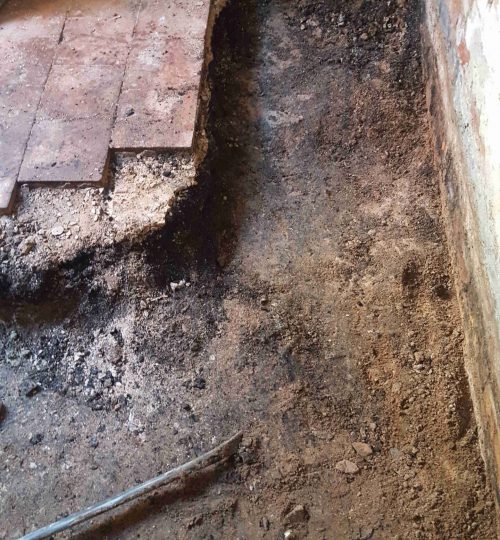

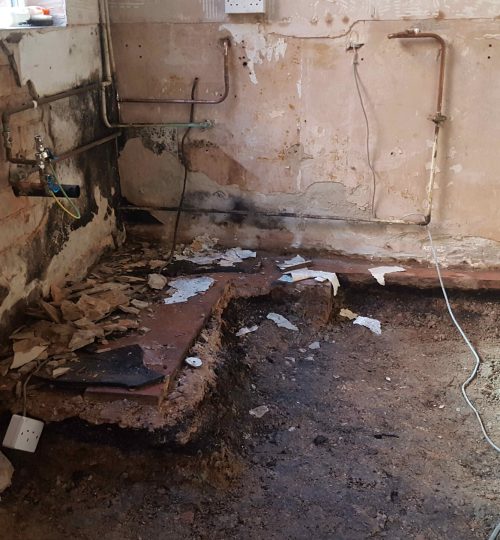

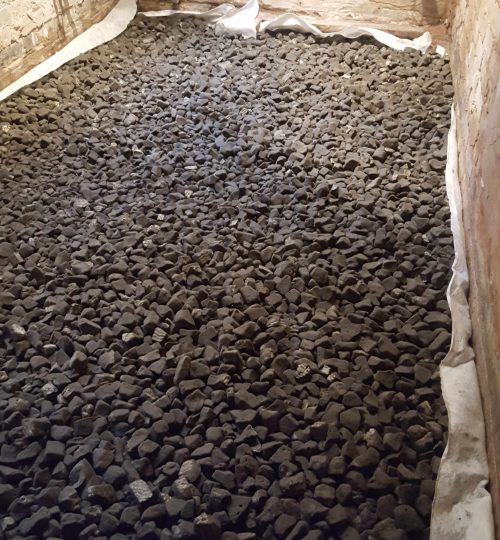
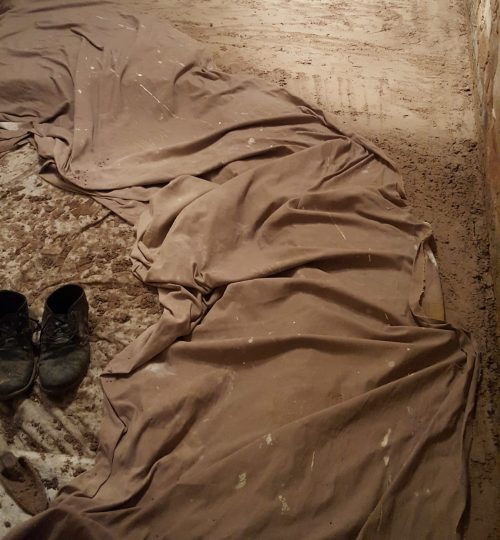

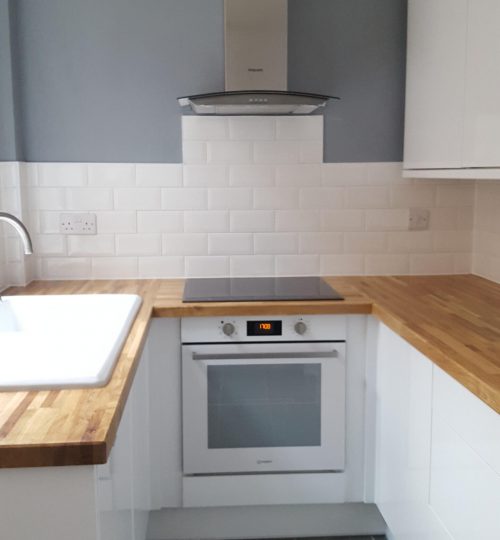
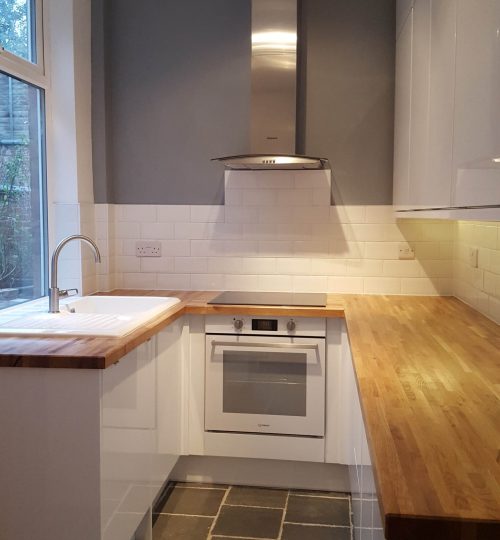
Floor Restoration
Asphalt Removal & Tile Restoration
Although there were no visible signs of rising damp, the carpet smelt of wet soil, and there was a musty smell in the air. The room was always cold in the winter and cool in the summer. You can see here, how the moisture is trapped. The asphalt flooring goes all the way to the wall and concrete tanking, on the walls, goes down to meet the asphalt. Neither the floor nor the walls can breath or dry out. This illustrates how chemical injection doesn't work in period properties. The floor and walls need to 'breath' for the moisture to properly dry out.
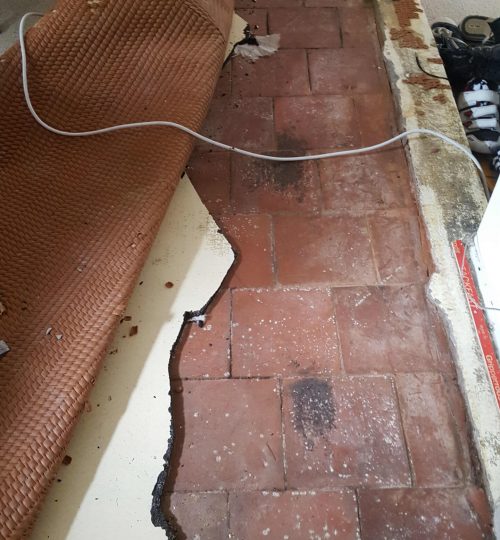
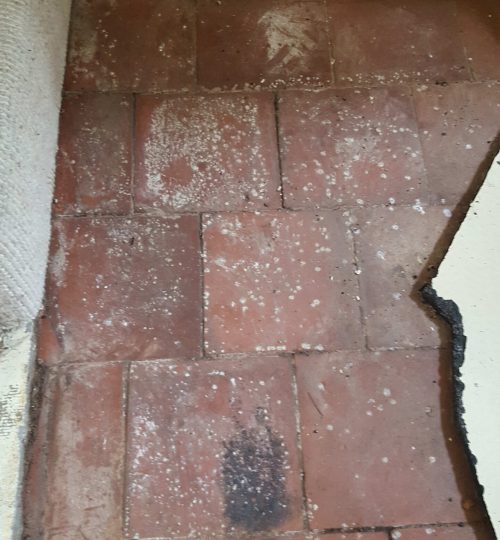
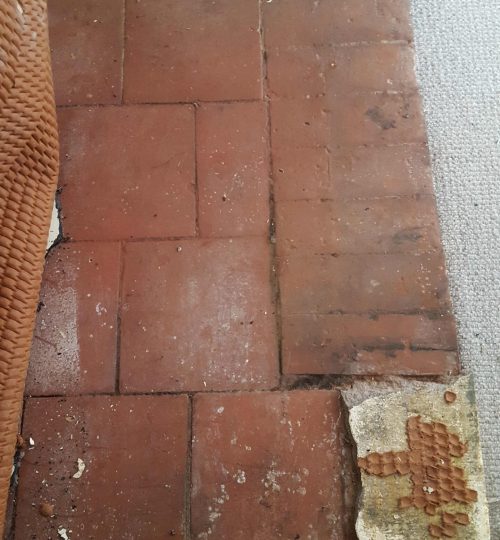


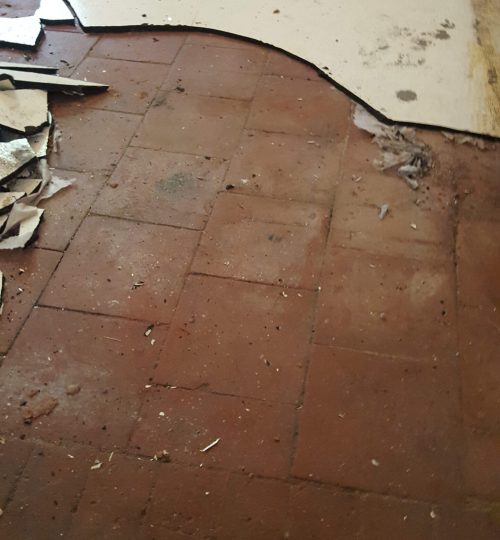




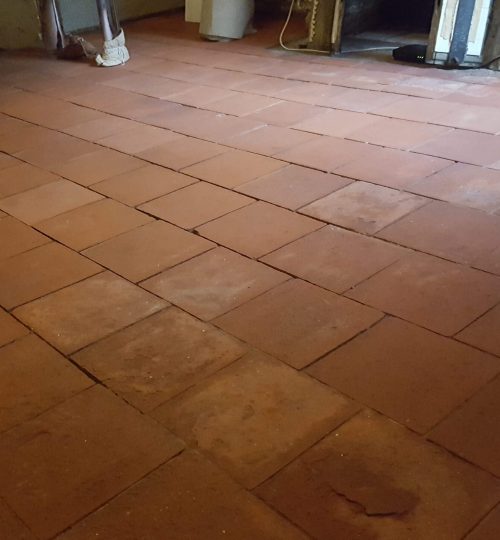
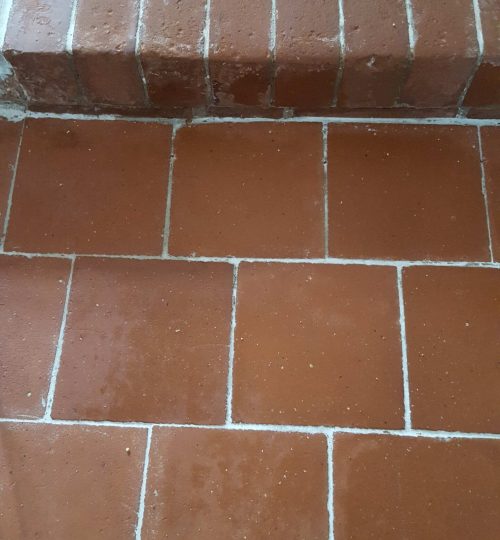

Internal Walls
Lime Plaster
To ensure walls are able to dry out over time, it may be neccessary to plaster the lower sections of the walls with lime. This allows the building to breath. Remember, dry walls are warm walls, making it easier and more efficient to heat your home.

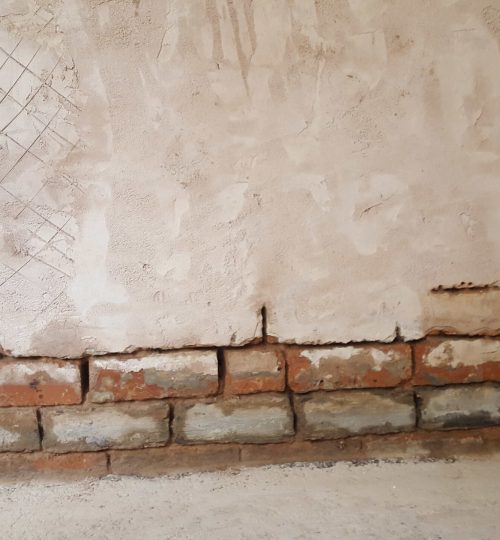


External Walls
Lime Pointing
To ensure there is no ingress of water into the building, there may be a need to repoint some of the brickwork with lime mortar.


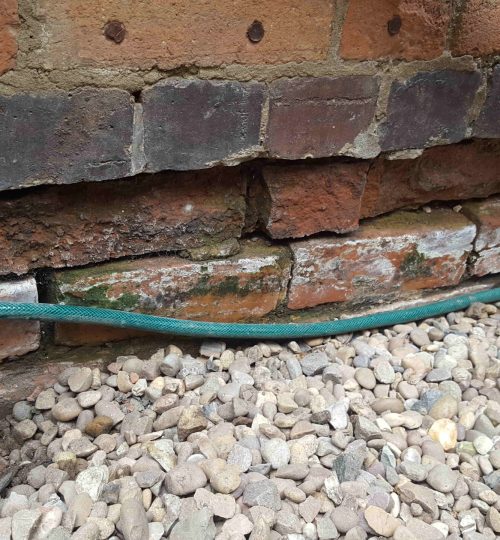
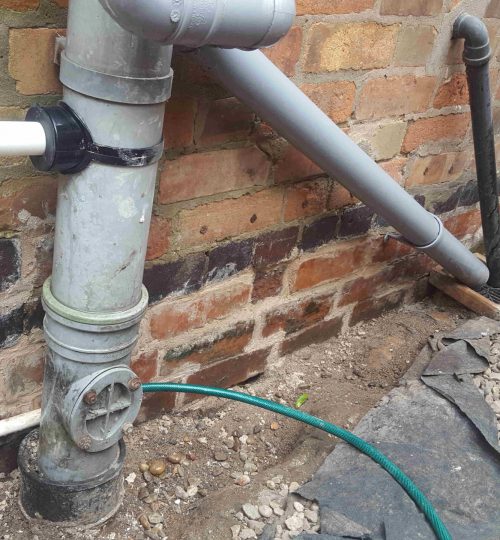
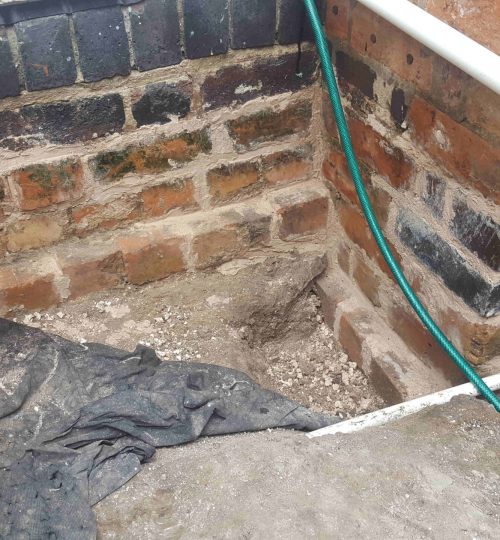


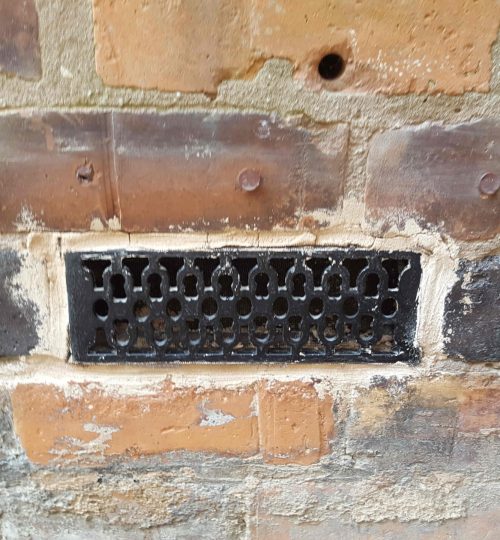
Ground & Ventilation
Groundworks
The ground level outside may be too high causing 'bridging'. Concrete slabbing has been removed and further removal of earth, away from the walls, was necessary to prevent bridging of moisture up the external walls.


